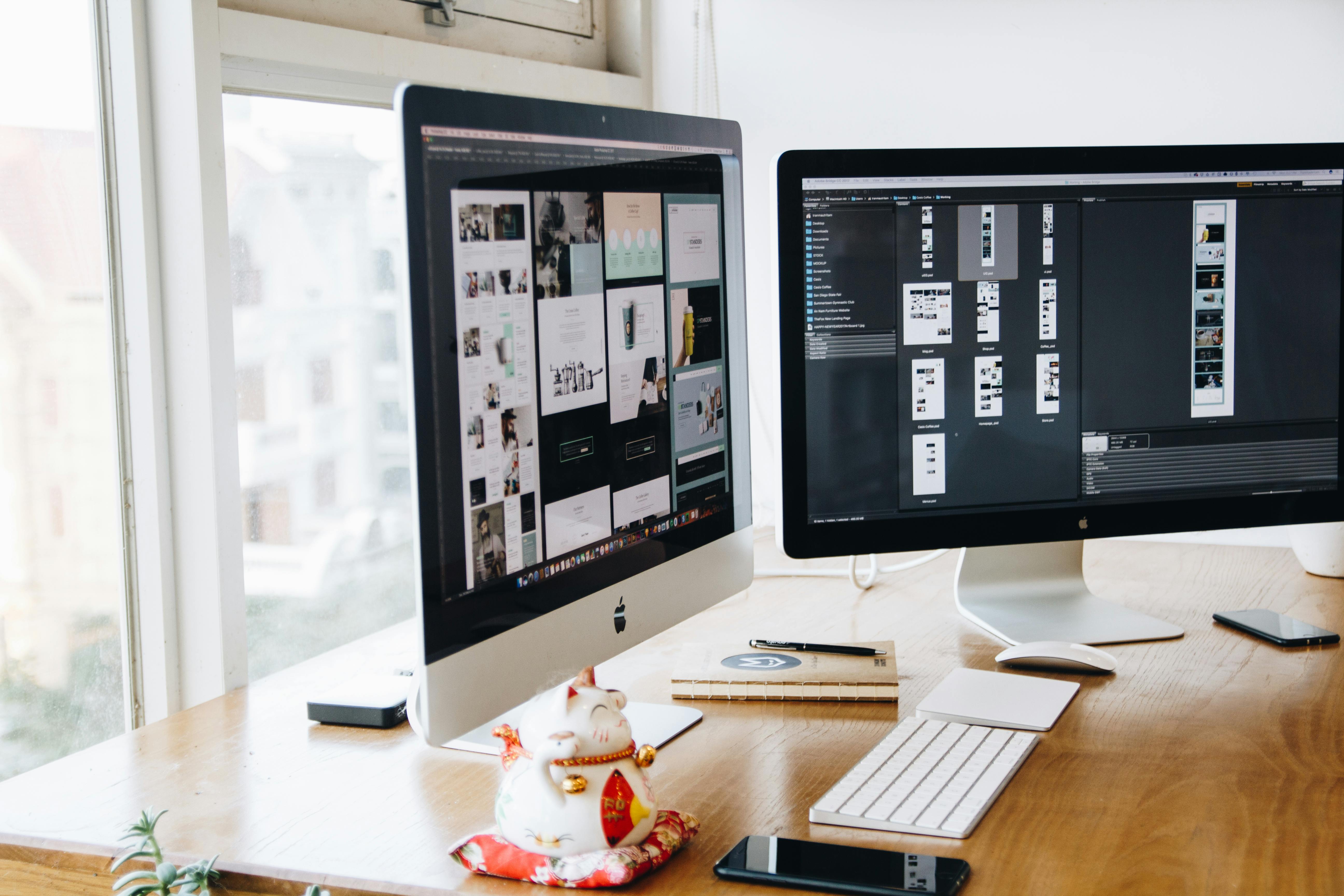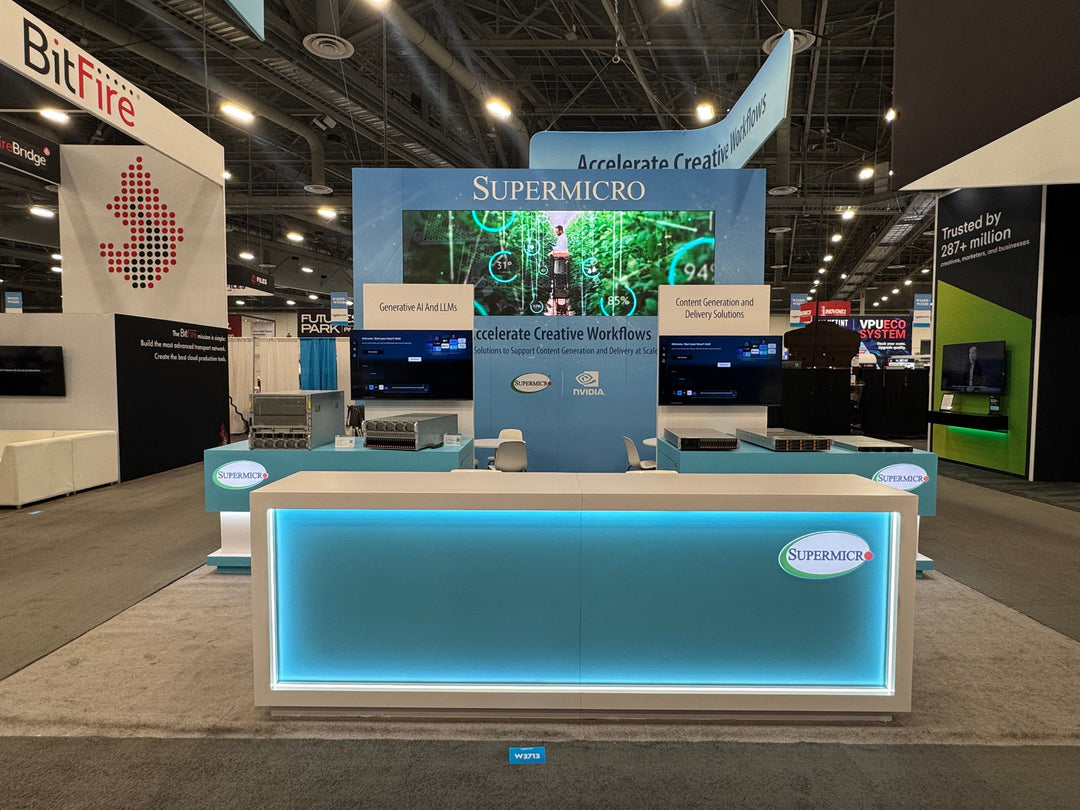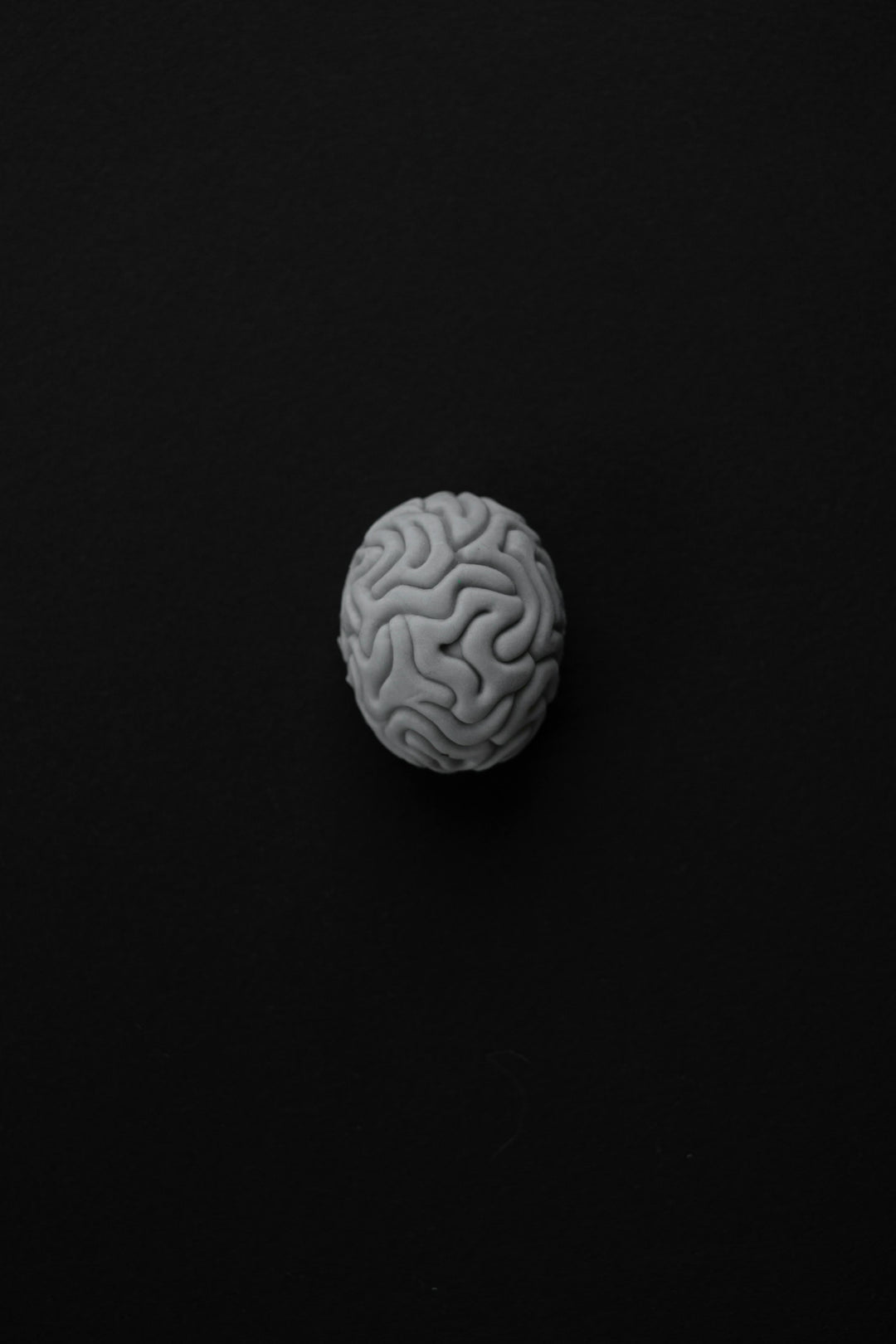How to Align Your Trade Show Booth with Awareness, Consideration, and Decision-Making Phases
Trade shows are among the most powerful platforms for B2B and B2C engagement, but simply showing up with an attractive booth is no longer enough. To truly maximize ROI, exhibit design must strategically align with where attendees are in their buyer journey—from awareness to consideration and finally, decision.
Understanding this journey enables exhibitors to deliver the right message, at the right time, through the right design elements. In this guide, we’ll explore how KSM Exhibits helps businesses tailor booth experiences that speak directly to prospects' needs at each stage, turning browsers into buyers and casual visitors into loyal customers.
Why the Buyer Journey Matters in Exhibit Design
The buyer journey is the process individuals go through before making a purchase decision. It typically includes:
-
Awareness Stage – The visitor realizes they have a problem or need.
-
Consideration Stage – They evaluate different solutions and providers.
-
Decision Stage – They are ready to choose a vendor or product.
Designing your trade show booth to meet each of these stages improves lead quality, deepens engagement, and significantly increases your chances of conversion. Let’s break down how you can optimize your booth for each phase.
1. Awareness Stage: Capturing Attention and Sparking Curiosity
Goals at This Stage:
-
Attract foot traffic
-
Create a memorable first impression
-
Establish brand presence and relevance
Design Strategies:
-
Bold Visual Branding: Use large-scale graphics, vibrant colors, and movement (via digital displays or lighting) to stop passersby in their tracks. A clear brand logo and succinct tagline should dominate your booth header.
-
Open Layouts: Encourage spontaneous visits with open, inviting spaces. Avoid barriers like walls or cluttered front tables that block access.
-
Top-of-Funnel Messaging: Keep language simple and focused on common pain points. Phrases like “Struggling with inventory management?” or “Tired of slow setup times?” resonate more than product specs.
-
Giveaways & Attractions: Incorporate low-barrier engagements like branded giveaways, prize wheels, or simple AR games. These capture attention without demanding too much commitment.
Example:
At CES, a tech startup positioned a giant, animated LED wall that displayed user pain points and how their product addressed them in real time. The visual alone drew attendees from across the aisle.
2. Consideration Stage: Educating and Building Credibility
Goals at This Stage:
-
Nurture interest
-
Provide educational value
-
Highlight differentiators
Design Strategies:
-
Zones for Deeper Interaction: Create semi-private demo areas or touchscreen kiosks where attendees can explore products at their own pace.
-
Content-Rich Displays: Incorporate video loops, brochures, infographics, and case studies that provide clear, informative content. Keep it digestible—think visual storytelling over dense text.
-
Staff Engagement: Train booth staff to act as consultants, not salespeople. They should ask questions, listen actively, and guide the visitor based on needs.
-
Lead Capture Integration: Include QR codes, tablets, or badge scanning that links to whitepapers, videos, or follow-up content tailored to the attendee’s interest.
Example:
A SaaS company used a guided touch-table experience where attendees could “build their own solution” and receive a personalized digital brochure. It engaged curious mid-funnel prospects without a hard pitch.
3. Decision Stage: Sealing the Deal
Goals at This Stage:
-
Remove friction
-
Showcase credibility and proof
-
Facilitate follow-up or on-the-spot commitments
Design Strategies:
-
Product Demos & Live Proof: Display your best solutions in action. Consider live demonstrations, prototype showcases, or user testimonials on video.
-
Meeting Spaces: Include dedicated areas where serious buyers can sit down, ask questions, and even sign contracts. These areas should feel professional, quiet, and slightly removed from the booth’s main flow.
-
High-Value Offers: Promote show-specific deals or limited-time incentives to encourage action. Highlight these visually with signage or digital countdowns.
-
Sales Enablement Materials: Arm your team with print and digital one-pagers, pricing sheets, client success stories, and ROI calculators. Make it easy for prospects to justify their decision.
Example:
At a manufacturing trade show, one exhibitor converted over 40 qualified leads by offering show-only pricing and booking private demos in a well-designed lounge within their booth.
How to Design a Booth That Serves Multiple Stages at Once
Not every attendee will be at the same place in their buyer journey. Your booth must accommodate all three stages with layered experiences.
The Tiered Approach:
-
Outer Perimeter = Awareness
Eye-catching graphics, interactive screens, giveaways to draw attention. -
Mid-Zone = Consideration
Info displays, case studies, staffed demo stations for exploratory visitors. -
Inner Core = Decision
Private tables, product samples, deeper sales conversations, deal closure.
This funnel-inspired design ensures you engage every type of visitor effectively while maintaining strategic flow.
Pro Tips from KSM Exhibits
1. Use Analytics to Refine Your Design
Collect data on booth dwell time, engagement heatmaps, and lead capture to understand which areas support which stage best—and continuously improve.
2. Map Your Content to Buyer Questions
Ask: What does a visitor at each stage want to know? Then align your signage, staff scripts, and digital content accordingly.
3. Train Your Team in Buyer Psychology
Equip your staff with signals to identify where a visitor is in their journey, so they can pivot messaging on the fly.
4. Leverage Technology for Personalization
From touchscreens that guide attendees based on interest to email follow-ups segmented by interaction type, tech can tailor every step.
Trends Impacting Buyer-Journey-Focused Exhibit Design
-
AI-Powered Lead Scoring: Some exhibitors now use real-time AI tools to classify visitors into journey stages and serve them custom content instantly.
-
Hybrid Experiences: Post-COVID, many booths integrate QR codes and live streams to continue nurturing mid-journey attendees even after they leave the booth.
-
Modular Booth Design: Flexible structures allow teams to reconfigure space depending on the event’s audience or sales goals.
KSM Exhibits stays at the forefront of these trends, helping clients future-proof their trade show strategies.
Final Thoughts: Aligning Booth Strategy with Buyer Behavior
Exhibit design that doesn’t consider the buyer journey is like handing out brochures in the dark. But with strategic planning and a partner like KSM Exhibits, you can turn every booth interaction into a purposeful step toward conversion.
Whether you're showcasing at CES, exhibiting at a niche B2B conference, or planning your first international booth, our team designs with intentionality—so your booth works smarter, not just harder.
Let’s Design for Impact
Are you ready to take your trade show presence to the next level? At KSM Exhibits, we specialize in custom booth design and rentals that align with your brand and your buyer’s journey. Contact us today to schedule a strategy session and start designing an exhibit that truly performs.





